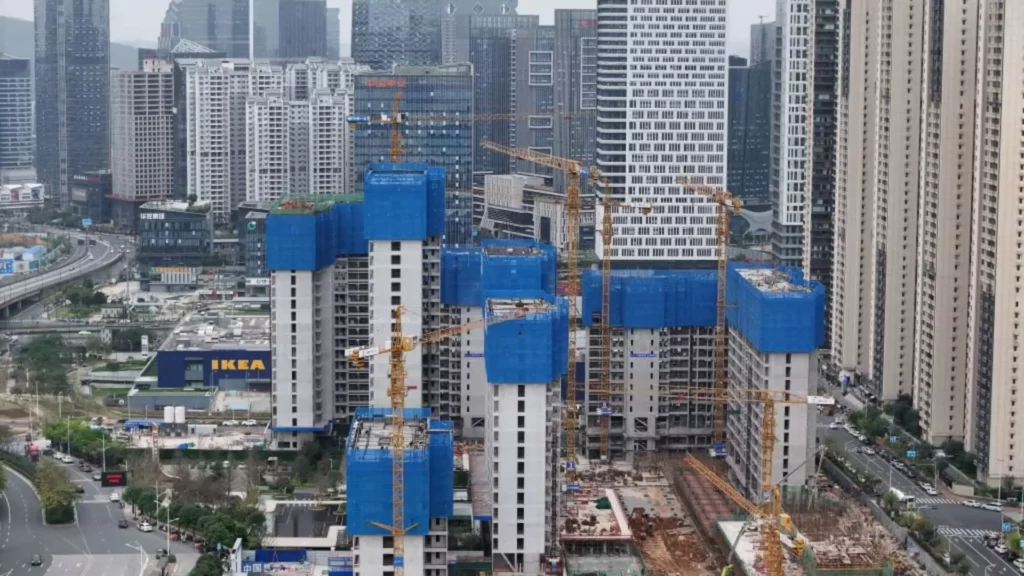![]()
China’s fiscal stimulus, once a powerful tool in boosting economic growth, is now losing its effectiveness according to Senior Analyst Yunbang Xu from S&P Global Ratings. Xu suggests that the current fiscal stimulus measures are more of a strategy to buy time for industrial and consumption policies rather than providing immediate relief to the economy. This raises concerns about the long-term sustainability of China’s growth model and the implications it may have on the overall economy.
Challenges in Achieving GDP Growth Target
Despite setting a target of around 5% GDP growth this year, China faces significant challenges in achieving this goal. Many analysts have questioned the feasibility of this target given the diminishing returns of the announced stimulus measures. The limits imposed by high debt levels restrict the ability of local governments, irrespective of their income levels, to undertake substantial fiscal stimulus. This creates a dilemma for policymakers who must navigate the fine line between economic growth and financial stability.
Focus on Industrial and Consumption Policies
The emphasis on reviving consumption and enhancing industrial capabilities through fiscal stimulus projects is crucial for ensuring sustainable growth in the long term. Xu emphasizes the need for projects that increase value-add and support industrial upgrades. However, the effectiveness of such measures is dwindling, as evidenced by the diminishing returns on investment and sluggish growth in key sectors like real estate. The slowdown in the property sector further compounds the challenges faced by policymakers in stimulating economic activity.
Local governments play a critical role in driving economic growth through fiscal stimulus measures. However, disparities in the effectiveness of these measures have been observed between richer and poorer cities. Data from 2020 to 2022 indicates that fiscal stimulus has been more significant and impactful in wealthier cities, highlighting the need for targeted interventions in economically disadvantaged regions. The central government’s focus on reducing red tape and improving the business environment signals a shift towards more sustainable growth strategies that prioritize long-term development over short-term gains.
Looking ahead, industry, consumption, and investment are projected to remain the key drivers of China’s economic growth. Higher-tech sectors are expected to lead the country’s industrial upgrade efforts and anchor long-term economic growth. This shift towards high-tech industries reflects China’s ambition to transition towards a more innovation-driven economy that can compete on a global scale. However, achieving this vision will require concerted efforts from both the public and private sectors to overcome existing challenges and unlock the full potential of China’s economy.
The decline of China’s fiscal stimulus effectiveness underscores the need for a more holistic approach to economic policy-making. While short-term measures can provide temporary relief, sustainable growth requires a long-term vision that addresses structural challenges and promotes innovation and productivity. By reevaluating its fiscal stimulus strategies and focusing on targeted interventions that foster sustainable growth, China can navigate through current economic uncertainties and emerge stronger in the post-pandemic era.

Leave a Reply